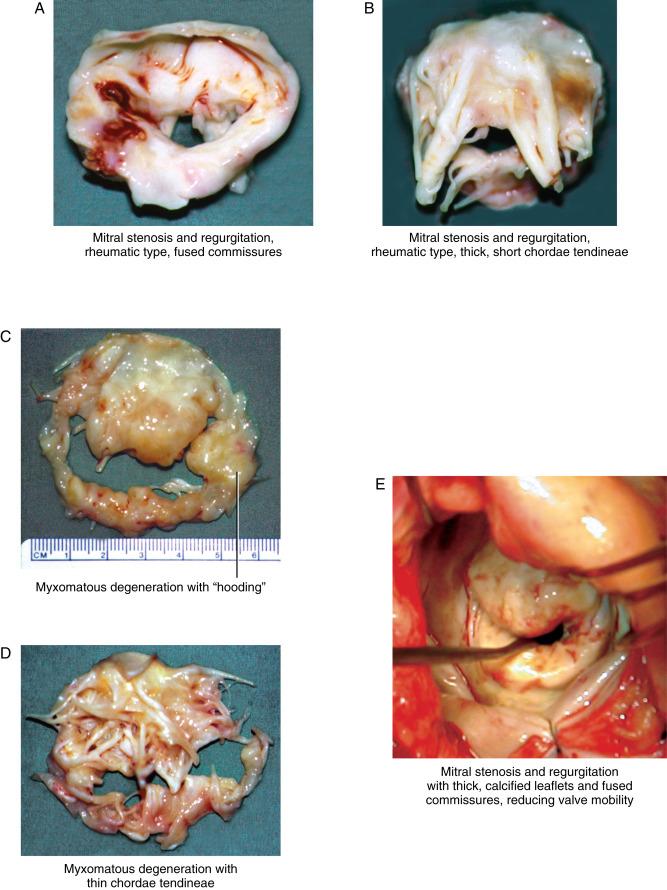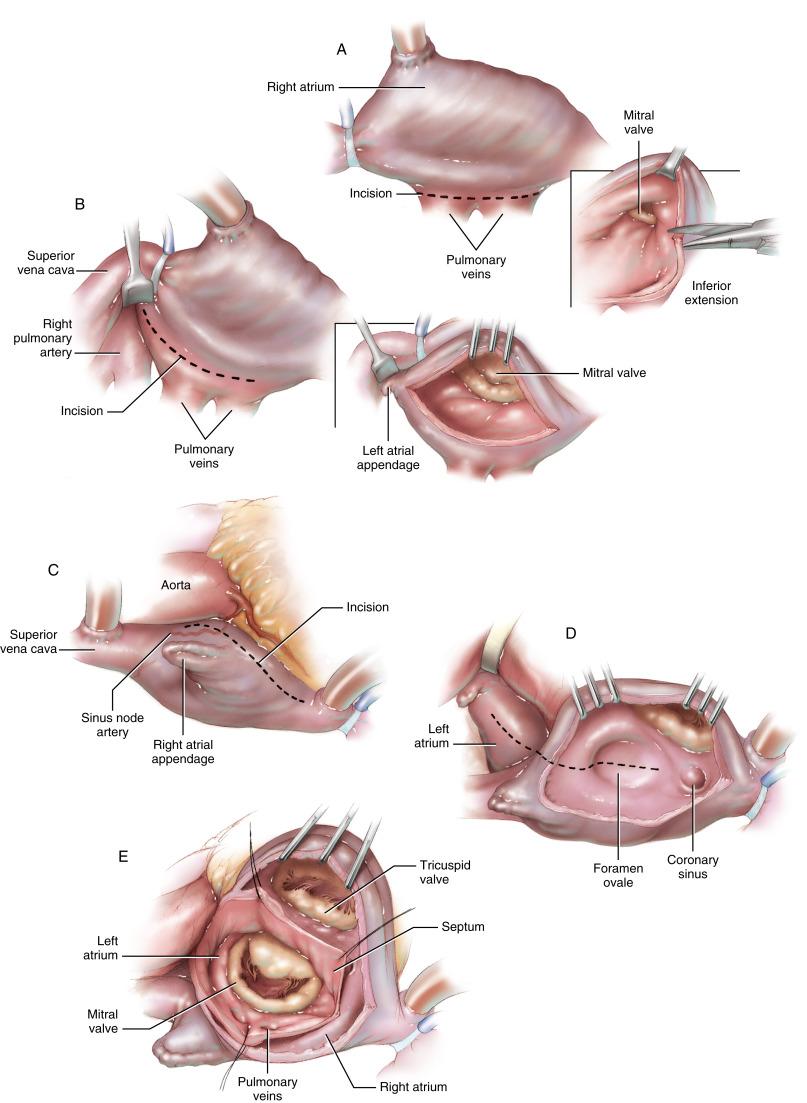Physical Address
304 North Cardinal St.
Dorchester Center, MA 02124
Mitral valve replacement is performed when the mitral leaflet tissues are thickened or calcified to the point that repair is impossible, likely to result in inadequate hemodynamic performance of the valve, or unlikely to be long lasting.
Valves that do not qualify for repair and must be replaced have often been damaged by the rheumatic process. This manifests as marked thickening and scarring of leaflet tissue, with reduction of leaflet mobility; thickening and shortening of supporting chordae tendineae, fixing the leaflets to the papillary muscles and further reducing leaflet mobility; and calcification of leaflets. Some extreme cases of myxomatous degenerative disease may result in marked deformity of the valve leaflets and thinning and lengthening of chordae tendineae, making repair unpredictable and even undesirable.

Mitral valve replacement operations are performed with the patient on cardiopulmonary bypass under cold cardioplegic conditions. Usually a single (two-stage) cannula suffices for venous drainage. When the need for greater exposure is anticipated or when the operation is being performed along with another procedure on the tricuspid valve or other right heart structure, two venous cannulae are employed. The use of suction to remove pulmonary venous blood from the left atrium is also required. A short, pediatric left atrial drainage cannula with multiple holes passed through the right superior pulmonary vein, across the posterior wall of the left atrium, to the left inferior pulmonary vein works well for left atrial drainage. There are three types of incisions in the left atrium to expose the mitral valve: inferior, superior, and transseptal.

Become a Clinical Tree membership for Full access and enjoy Unlimited articles
If you are a member. Log in here